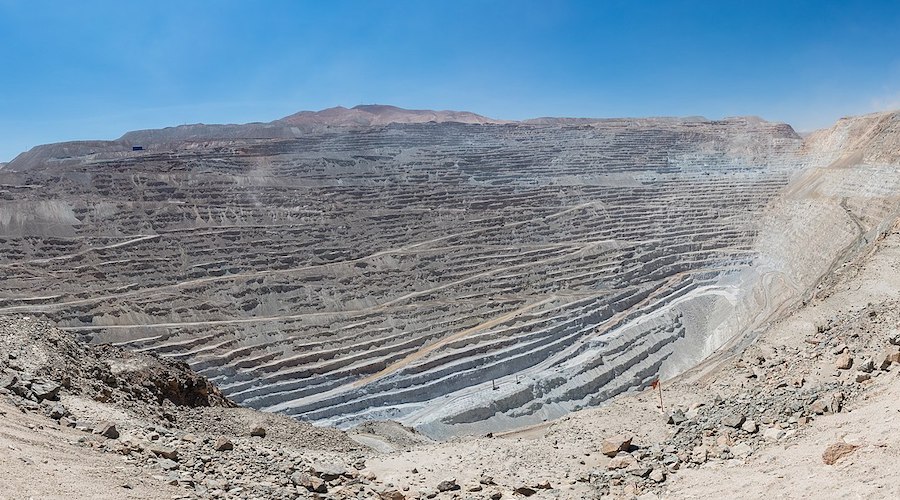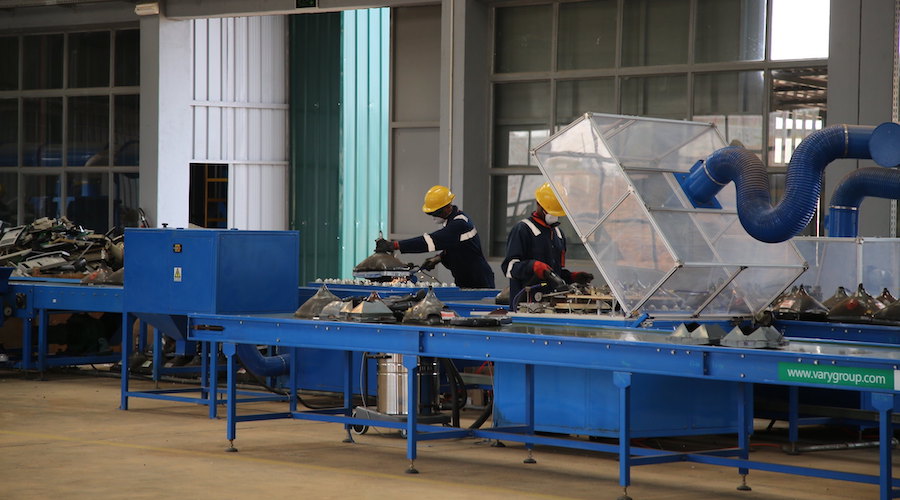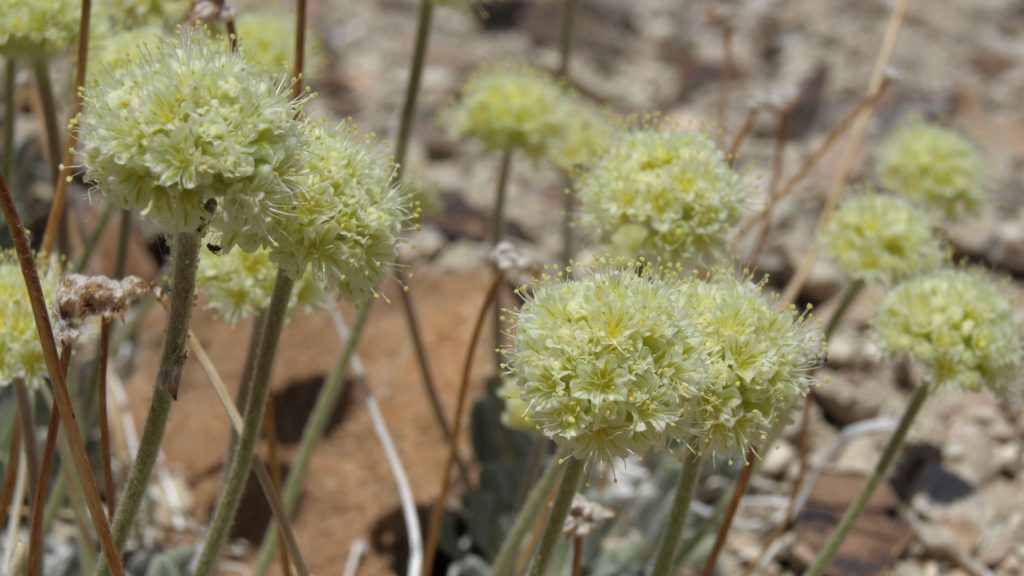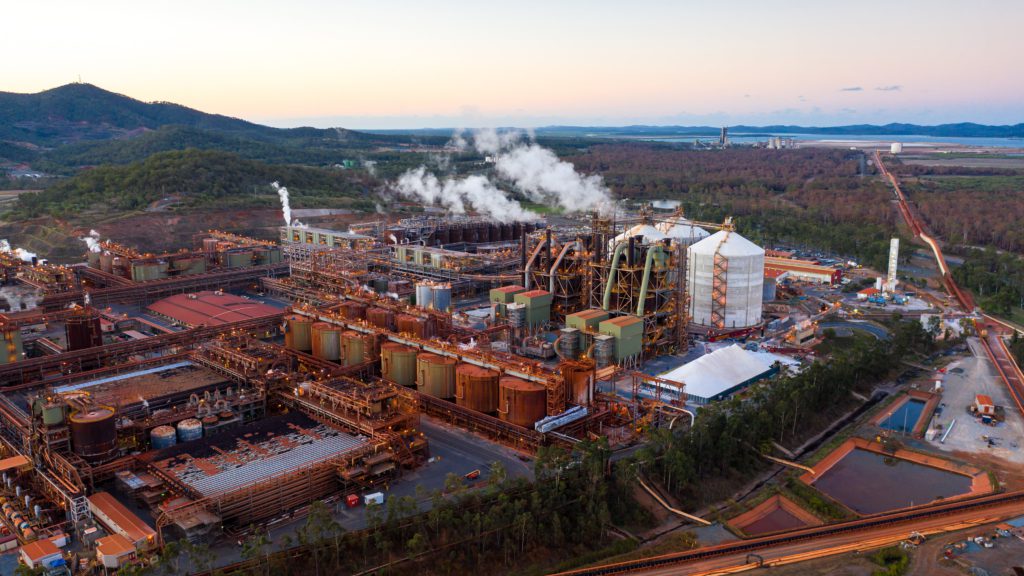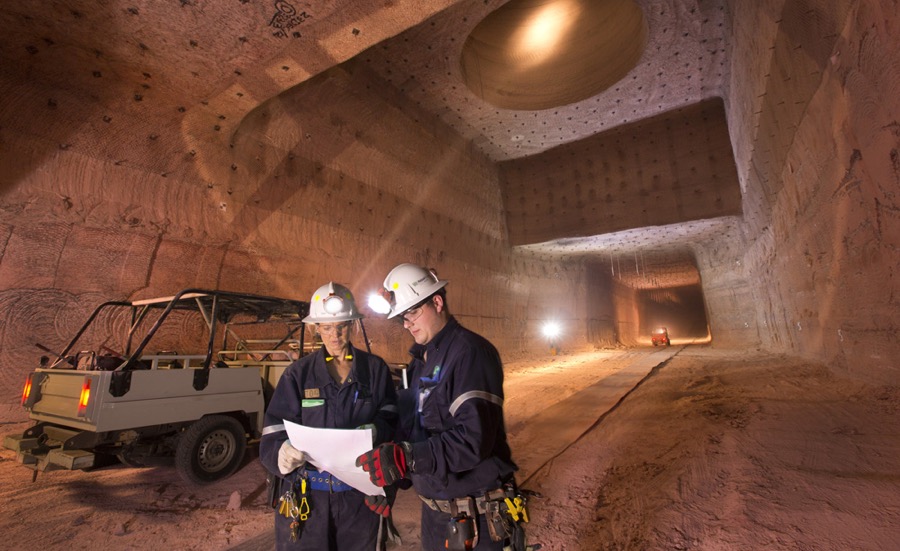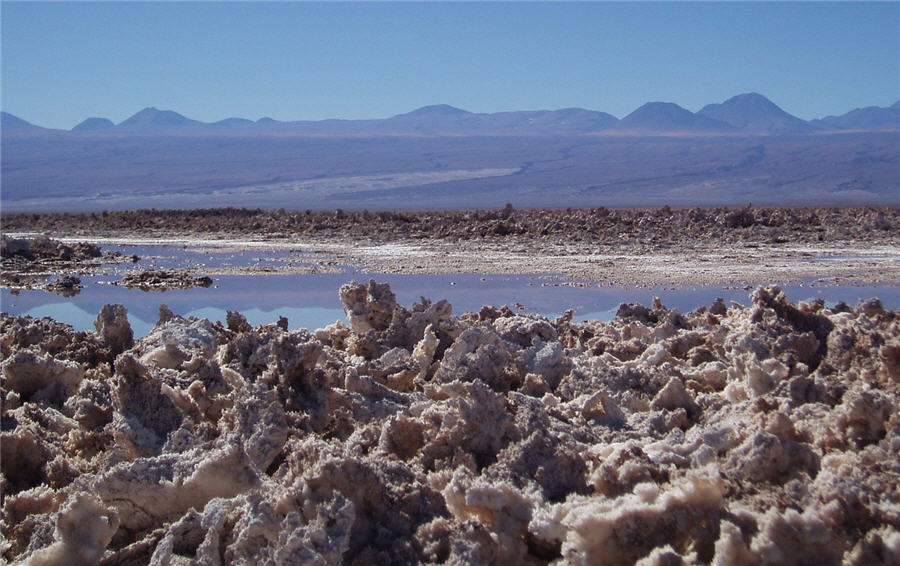TWOFER BIDEN
Falling Gasoline Prices Keep Inflation In Check
The U.S. Consumer Price Index (CPI) saw no real change in July, suggesting that inflation is easing as a result of falling gasoline prices, according to the latest data from the Bureau of Labor Statistics released Wednesday.
Overall, the CPI that tracks gasoline prices dropped by 7.7%, while other indexes, including food, saw increases. Used vehicles and airline tickets saw decreases along with gasoline.
It could mean we’ve already suffered peak inflation, with inflation slowing as a direct result of falling gasoline prices.
Consumer prices saw a 8.5% increase in July, year-on-year, but down from the 9.1% increase year-on-year recorded in June. June’s figures represented a forty-year high.
Wells Fargo predicts that inflation in the U.S. could fall to 5% over the next few months due to steep drops in energy prices.
"We would not be surprised to see the headline 12-month consumer price inflation reading post a sudden, large drop, maybe from 9.1% for June to 5% or 6% in the next two or three months," the bank's investment institute team said in a note to clients Monday, as reported by MSN.
Gasoline prices in the United States have fallen for 57 consecutive days, reaching down to a national average per gallon of $4.010 on Wednesday, according to AAA. The month-ago average price per gallon was $4.684. On Tuesday, at locations tracked by GasBuddy, the average price per gallon was $3.99.
The CPI numbers follow a promising jobs report last week.
President Joe Biden on Wednesday said the zero rise in inflation from June to July “underscores the kind of economy we’ve been building”. Speaking at the White House, Biden said there were “some signs” that inflation is beginning to “moderate”.
By Charles Kennedy for Oilprice.com

